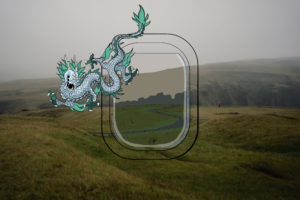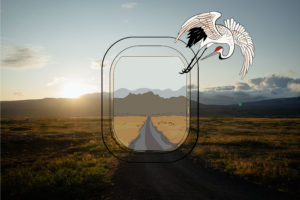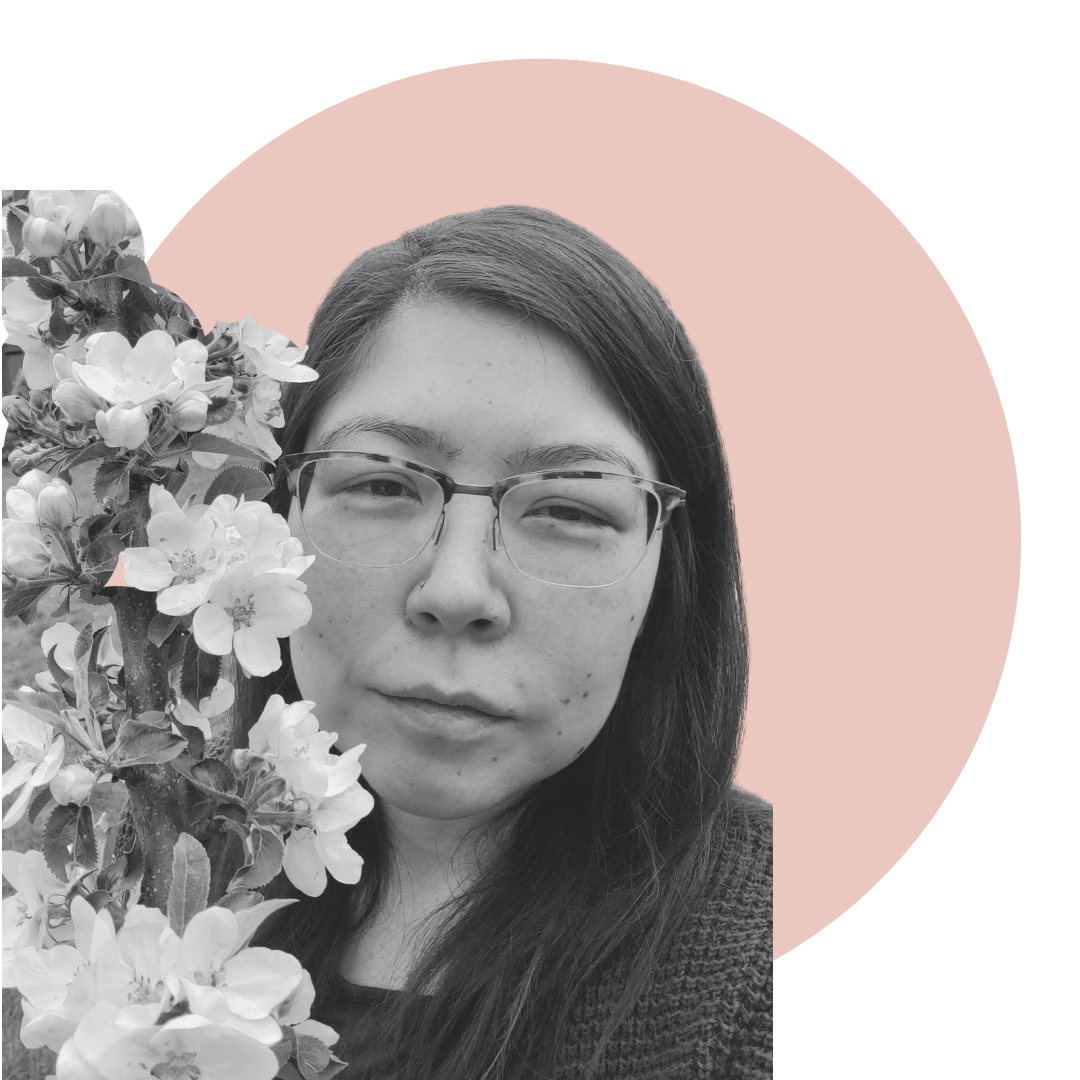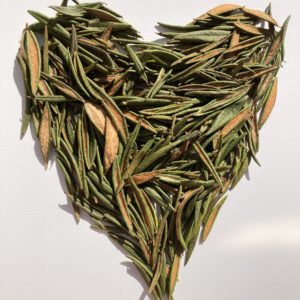Q1 2020: Culture & Environment
Sustainable Thoughts and In Sight by Photy
Living in uncertain times.
To conclude last quarters theme, Culture & Environment, “Master of the Storm”, showcases distinct illustrations referencing the ‘dragon gates’ that cross between worlds as metaphor in breaking through the barriers of xenophobia, dissonance, and isolationwe have been experiencing recently.
Master of the Storm
Crane Gate
Master of the Storm and Crane Gate are available as poster and postcard prints in the Community Market. Proceeds benefit S2 community programs.
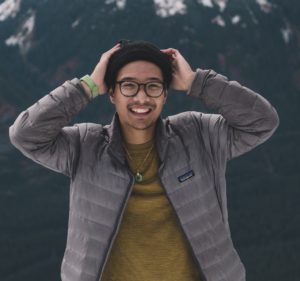
Photy
My interdisciplinary work in the arts, education and environmental studies has heightened my capacities as an effective environmental communicator. My goal is to utilize my specializations to build a more sustainable society by bridging the gaps in environmental discourse through creativity and research.

